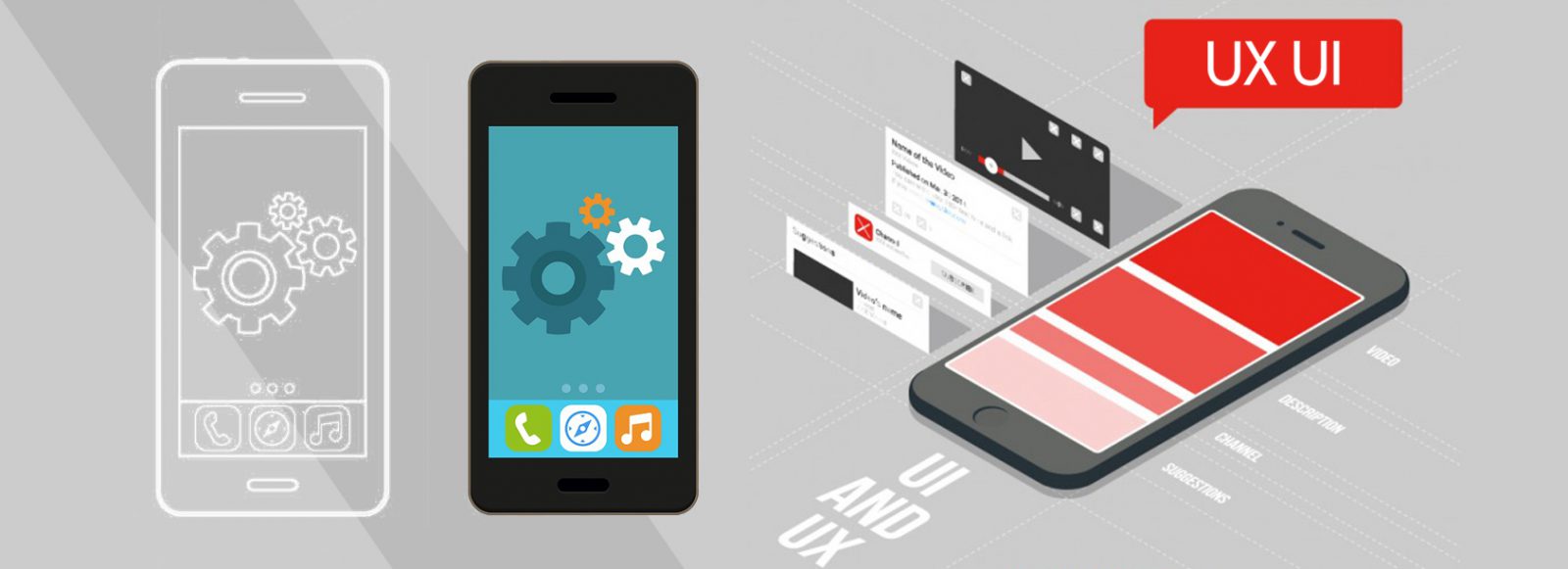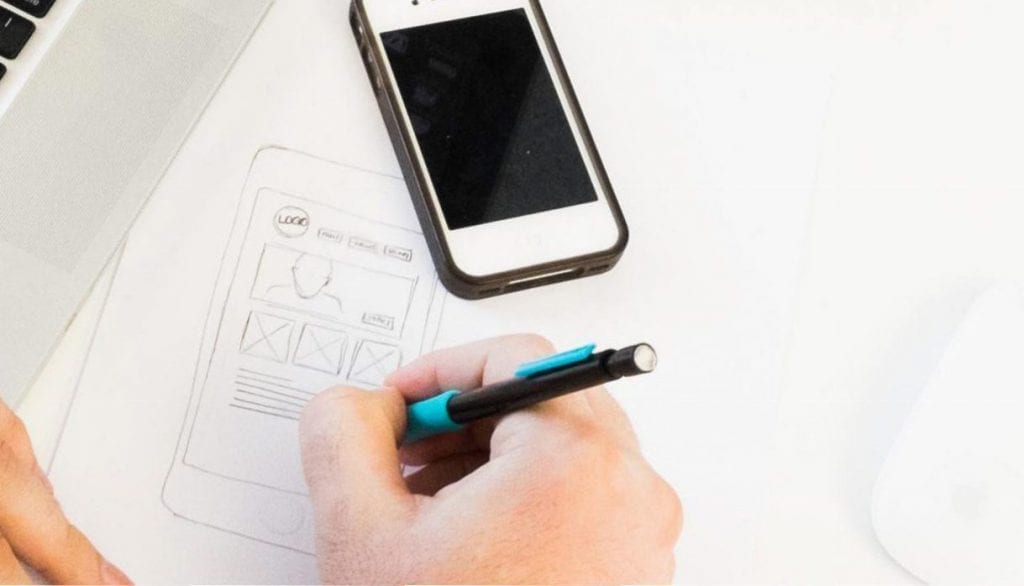Keeping users engaged is the key to a successful app, and mobile user experience design (UX design) is a very important part of it.
Think of the last mobile app you downloaded. Why did you choose it over other competing apps? Was it appealing? Was it easy to use? Did it feel personal or generic? What about the last update to your favorite app? Did you notice any improvements? Were there any setbacks? And if you think of the last mobile app you developed or updated, did you keep all those things in mind?
What is mobile user experience design?
For the User Experience Professionals Association (UXPA), mobile user experience design (UX design) is “a discipline concerned with all the elements that together make up that interface, including layout, visual design, text, brand, sound, and interaction”. In other words, mobile user experience design is the process of enhancing user satisfaction with products that provide meaningful and positive experiences to users. This begins the moment a user starts looking for a specific app, and works continuously to engage and retain them. It also includes various aspects going from usability to brand consistency and providing a personal experience.
Does mobile user experience design make a difference?
Nowadays, mobile user experience design (UX design) is an engrained part of the development process for most people. However, back in the 90s the reality was quite different.
Henry Ford might have been essential for the invention of the assembly line, but it wasn’t until the 1950s that Henry Dreyfuss put a focus on the user with his book “Designing for People”. Later on, when the internet boomed, the priority was getting stuff out there and appearance and usability were not high up the checklist. Then, early on in the Mobile App game, you might have come across one that was delightful to look at, but not very user friendly. However, the reality is that those who center their design around user experience quickly get ahead of their competitors. And this is valid not just when launching an app but throughout its lifespan. A strong UX might not make you catch your break, but a weak one will definitely cost you dearly.
How can I improve my mobile user experience design?
Now that we’ve established the importance of the user’s experience, here are some of the trends in mobile user experience design (UX design) for 2018:
- Simplification: make it easier for the user to reach their goal regarding your app. Some of the tools to achieve this are using linear flow (take them from A to B in a clear step-by-step way) and progressive disclosure (don’t overwhelm them with information, keep it on a need-to-know basis).
- Full-screen experiences: the latest phones models came hand-in-hand with frameless design and this should not be ignored. However, keep in mind that the quality of images and video is just as important.
- Emotional experiences: the time for emotional intelligence (EI) has come and it doesn’t just refer to animated effects anymore. This goes from face recognition (see Animoji), to drawing on screen to ‘like’ content instead of merely tapping, and also trying to provide an emotional connection with the apps by humanizing them.
Conclusion
Mobile user experience design (UX design) is a key element of any mobile app, whether we’re talking about a new app trying to stand out among its competitors or an established app trying to keep its edge. This means you must be up-to-date with the latest trends and technologies and always keep usability in mind. You may love the app you designed, but will the millions of people you are targeting love it as much?






